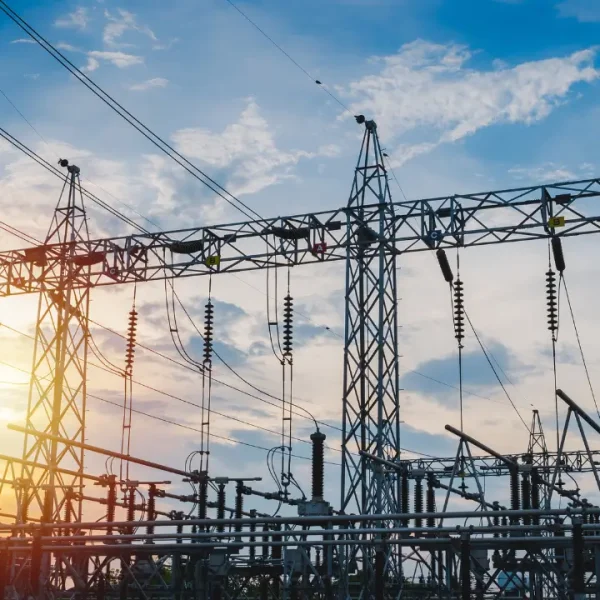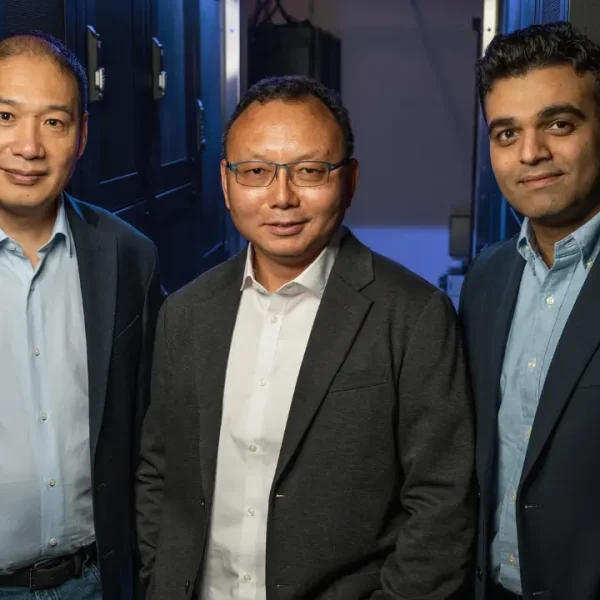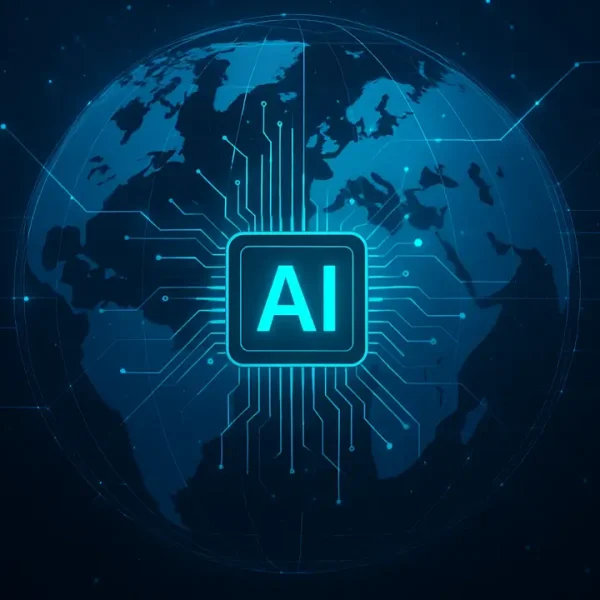If you’re tracking the global AI race, you likely noticed the recent development out of Washington: The White House has formally authorized the export of advanced AI semiconductors to the UAE’s tech leader, G42.
Just as high-profile figures like Mark Carney move to deepen economic ties between the UAE and the US, through investment-protection pacts and new trade negotiations; a parallel technology corridor is taking shape.
To grasp the significance of this move, you have to look at the sheer scale of the projects being unlocked. This isn’t about enabling a few data centers; it clears the path for some of the world’s most powerful AI clusters. Stargate UAE: the 1-gigawatt AI compute cluster that G42 is building for OpenAI, is officially greenlit. The project brings together Oracle, Cisco, NVIDIA, SoftBank Group, and others to create a region-leading AI facility.
This cluster sits within the broader UAE-U.S. AI Campus, a planned 5-GW hub that aims to deliver vast compute capacity and low-latency inferencing to customers across the Middle East, Europe, and Africa. The approval strengthens G42’s collaborations with major U.S. chipmakers and hyperscalers, including Microsoft, AMD, Qualcomm, and Cerebras, helping cement a cross-border ecosystem that mirrors the diplomatic partnerships forming at the policy level.
The RTE Framework
The question is why such highly sensitive, export-restricted technology is being allowed into the region at all. The answer rests on a shift from ambition to accountability.
The compute infrastructure entering the UAE will be governed by the Regulated Technology Environment (RTE), a rigorous compliance and security framework designed by G42 and approved under the U.S. Department of Commerce and BIS guidelines. This is not a symbolic gesture; it is a structural commitment tied to operational symmetry between the UAE and the United States.
As Peng Xiao, Group CEO of G42, has emphasized, this “shared infrastructure model sets a new benchmark for secure, high-performance compute,” built on the principle that whatever is developed in the UAE will be matched in the U.S., maintaining trust at every layer.
The UAE is now the only nation in the region deploying infrastructure of this scale while fully aligning with U.S. export-control standards, a shift that turns regulatory compliance into a competitive advantage.
Khaldoon Khalifa Al Mubarak, Secretary General of the Artificial Intelligence and Advanced Technology Council, noted that the approval reflects the depth of trust shaping the UAE–U.S. partnership. Technology, in this context, becomes a platform for stability, shared economic resilience, and collaborative innovation.
That trust is reinforced by infrastructure already in motion: G42 operates three of the Top500 supercomputers globally and continues expanding across Abu Dhabi, France, and multiple U.S. regions, including New York, California, Texas, and Minnesota.
By adopting the RTE and tightly aligning with U.S. governance frameworks, the UAE is offering a potential blueprint for secure, globally integrated AI development. It is a reminder that scale alone is no longer the defining metric in AI infrastructure- credibility, compliance, and cross-border trust matter just as much.












